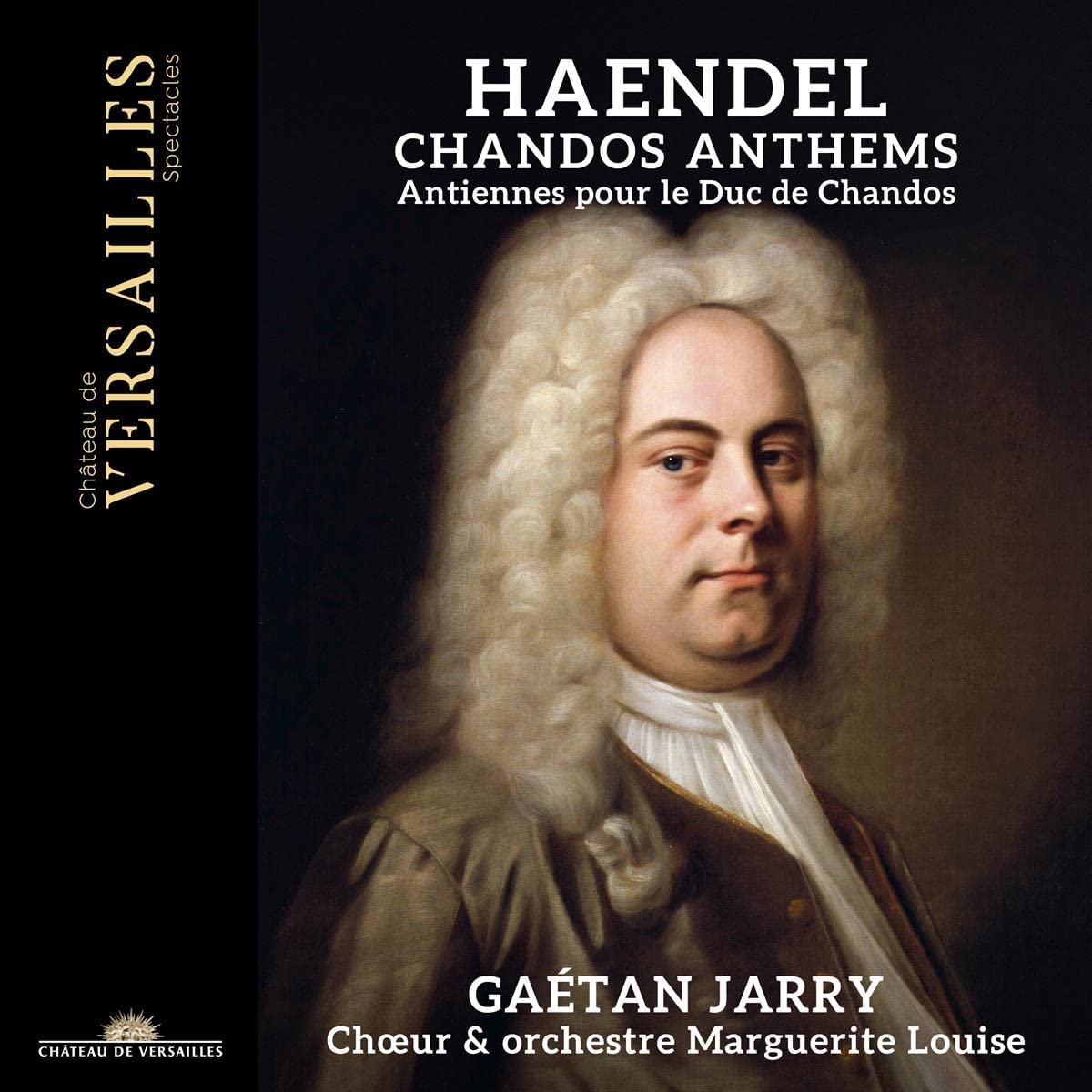Choeur & Orchestre Marguerite Louise, Gaétan Jarry
66:33
Versailles CVS072
It is difficult to envisage a location more conducive to music-making – and by extension recording – than the palace of Versailles. Do you want opera? Then make for the beautiful 18th-century Opéra Royal theatre. Or perhaps you’re more inclined to sacred music? Then stroll through a couple of ornately decorated corridors and you reach the glorious Chapelle Royale, constructed around the turn of the 17th and 18th centuries. The launch in 2018 of a record company concentrating on recordings produced in the palace – and the Salle des Croisades has also been used for recording – was a stroke of genius rewarded by numerous accolades to individual recordings and recently a Record Company of the Year award to the label itself, testimony to the current strength of the French early music scene.
All of which leads to the present issue, recorded in the chapel in 2021 by one of the many outstanding French ensembles to have come to the fore in recent years. Handel’s twelve Chandos anthems were composed for James Brydges, first Duke of Chandos, whose ‘manipulation’ of finances when Paymaster-General to Marlborough’s armies between 1707 and 1712 had allowed him to amass a fortune with which he built himself a lavish country house called Cannons in addition to keeping a musical establishment. Handel’s period as composer-in-residence at Cannons (1717-1718) also produced Acis and Galatea and the oratorio Esther. The Chandos anthems recorded here include ‘O be joyful in the Lord’ (HWV, 247; No. 1), ‘O sing unto the Lord a new song’ (HWV 249b; No. 4) and ‘As pants the hart’ (HWV 251b; No. 6). All three are composed for three-part orchestra and chorus (without an alto line); No. 4 also includes solos for soprano (Florie Valiquette), tenor (Nicholas Scott) and bass (Virgile Ancely), while the other two feature just soprano and tenor.
Despite David Vickers’s notes suggesting that the strength of the forces involved has been ‘reimagined’ to allow for the wonderfully expansive acoustics of the Versailles chapel, Jarry’s are in fact only marginally larger than those employed by Harry Christophers in his highly-regarded complete Chandos set of the anthems (1998-1999) with The Sixteen. A difference listeners will notice is a cultural one, for while British choirs aim for an integrated choral sound with perfect ensemble, individual character is often a hallmark of Continental choirs; thus it is here, with Jarry’s superb Marguerite Louise singers not fearful of displaying such individualism. That’s not to suggest loose discipline in any sense and you need only listen to the manner in which the sublime slow fugal opening chorus of ‘As pants the hart’ is sustained with a so-gradual increase in tension to be aware of Jarry’s total control. Elsewhere, as in the fugal chorus ‘Serve the Lord’ (from No. 1), there is an exuberance that blooms in the ambiance of the royal chapel, while the broad, spacious opening of the doxology of the same anthem is hugely impressive. Jarry’s soloists are splendid, with the palm perhaps going to outstanding British tenor Scott, who has most to do and is exceptional in the florid writing of the dramatic mimetic aria ‘The Waves of the Sea Rage Horribly’ from HWV 249a. And it would be an injustice not to mention the outstanding oboe playing of Neven Lesage in any number of obbligato passages.
The anthems are punctuated by Jarry’s own performances of Handel’s Voluntary in A minor and Chaconne in G minor, played on the great Cliquot organ in the Chapelle Royale. It certainly wouldn’t be my ideal choice for Handel, but Jarry’s playing is accomplished and fluent. Strongly recommended without hesitation.
Brian Robins
